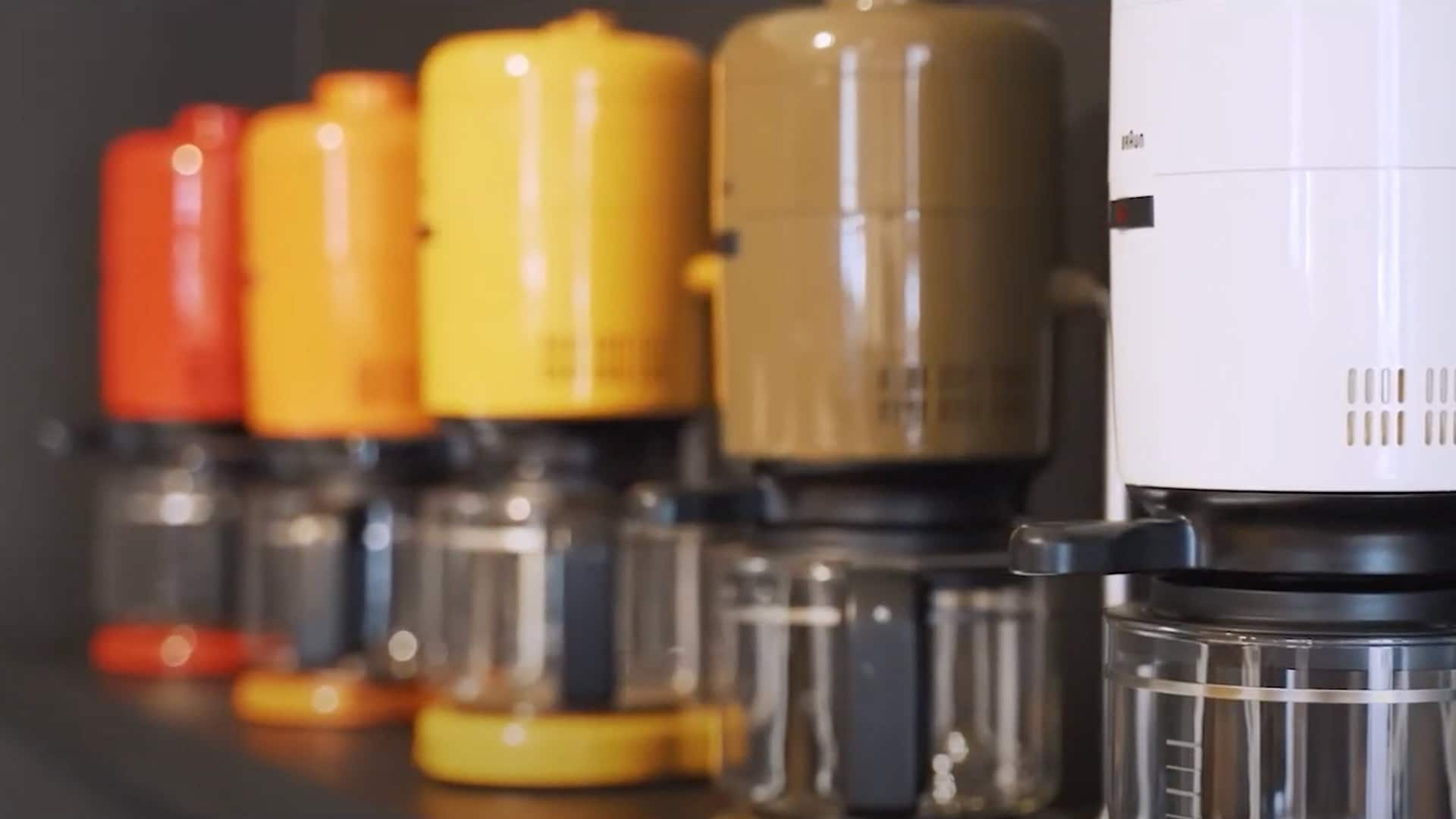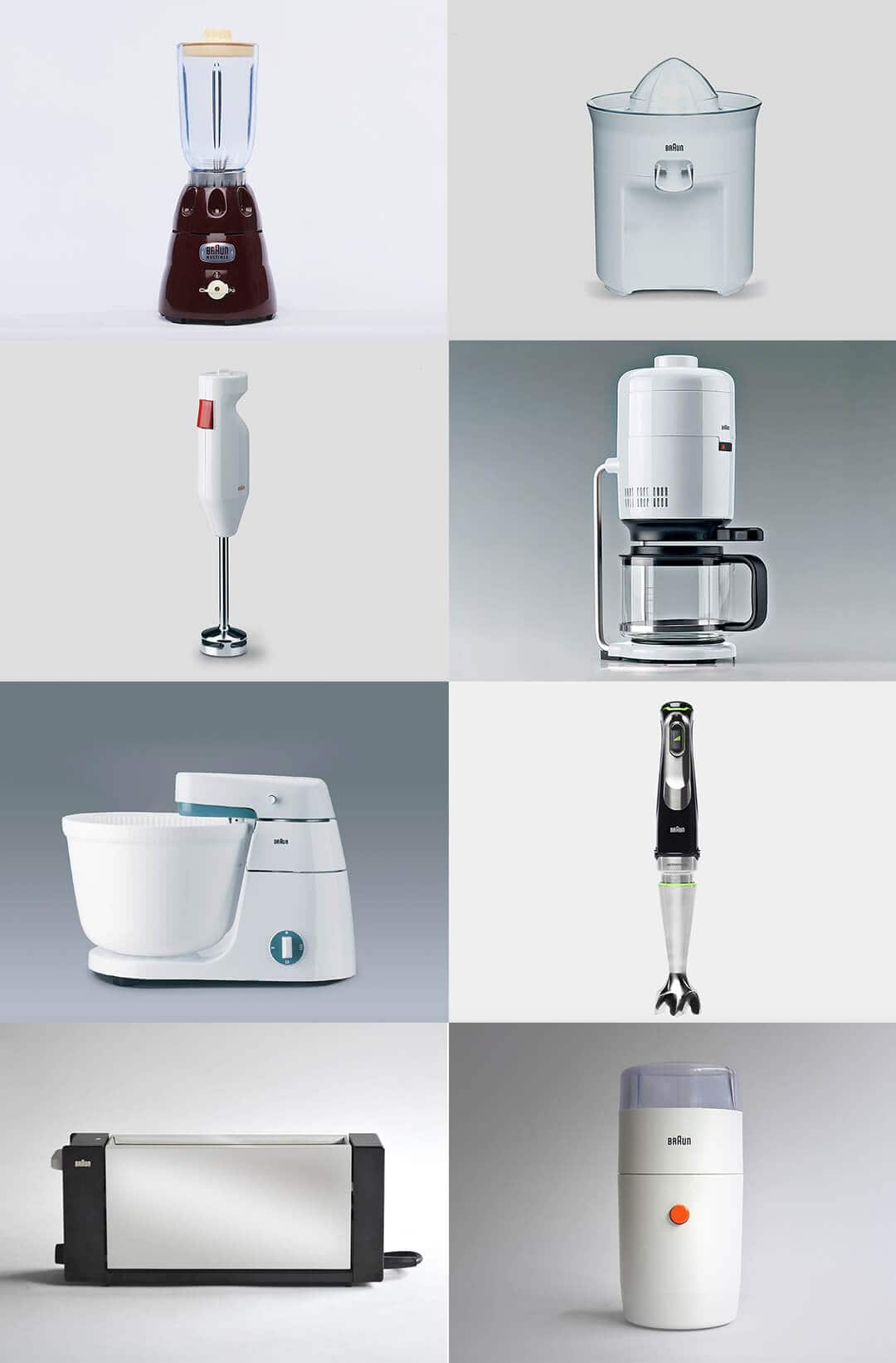
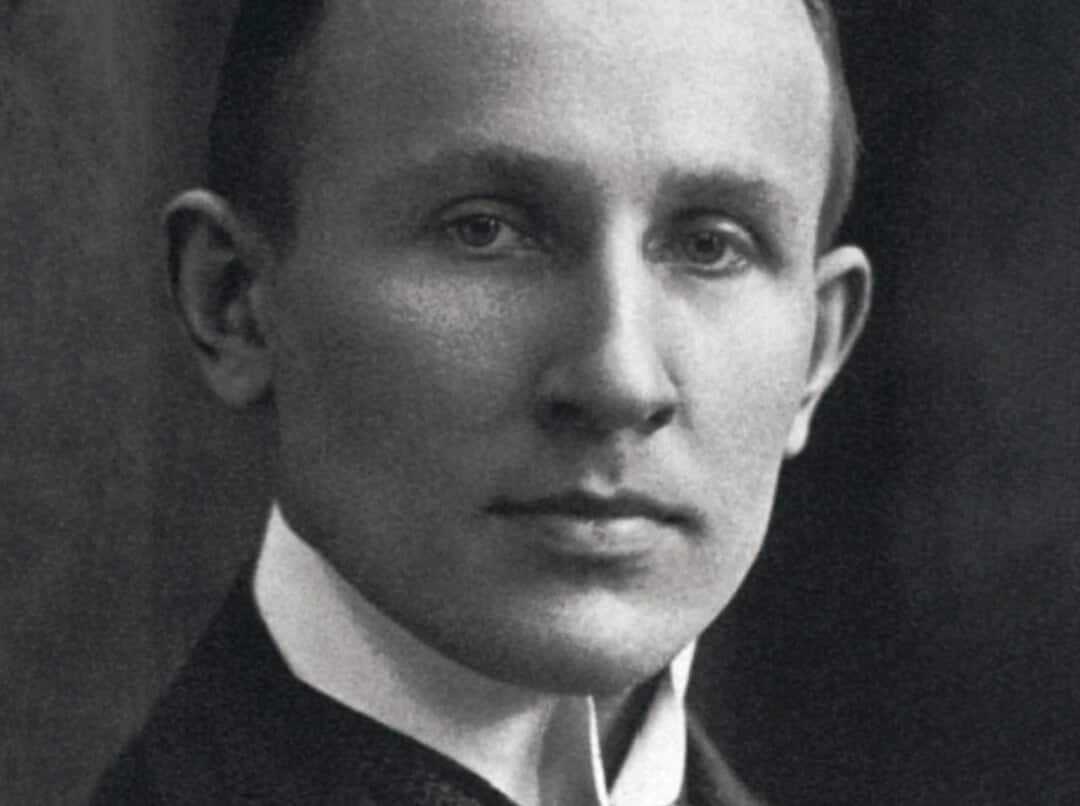
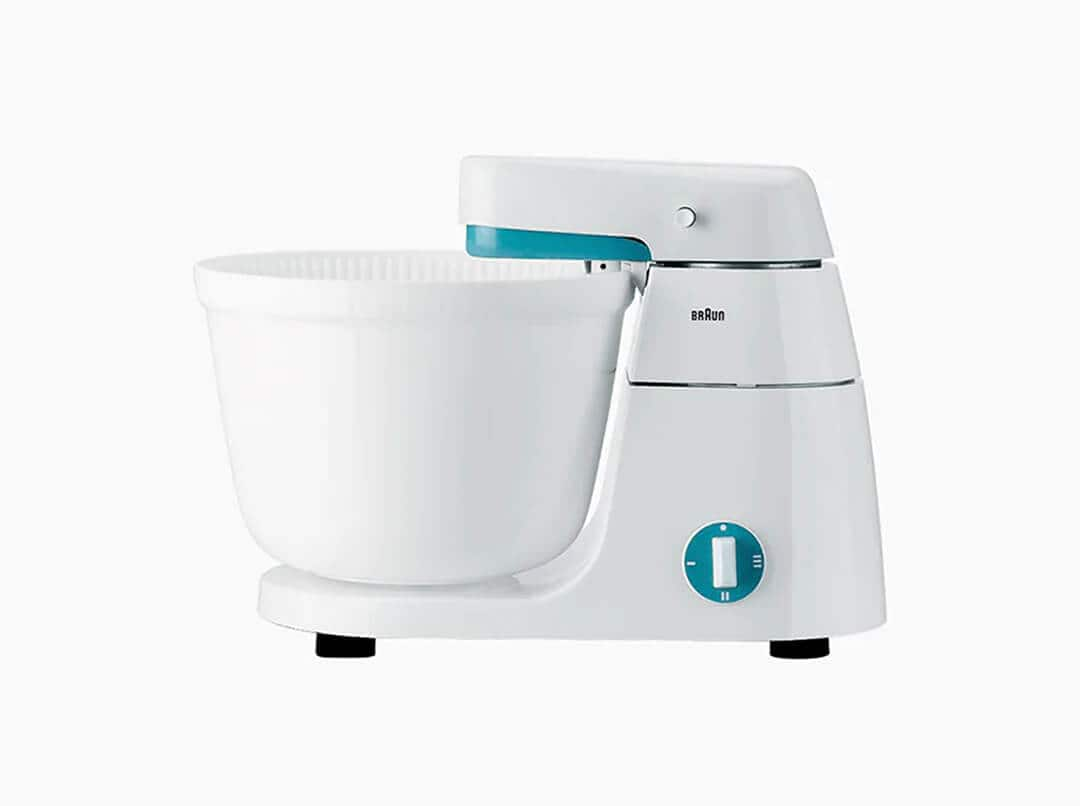
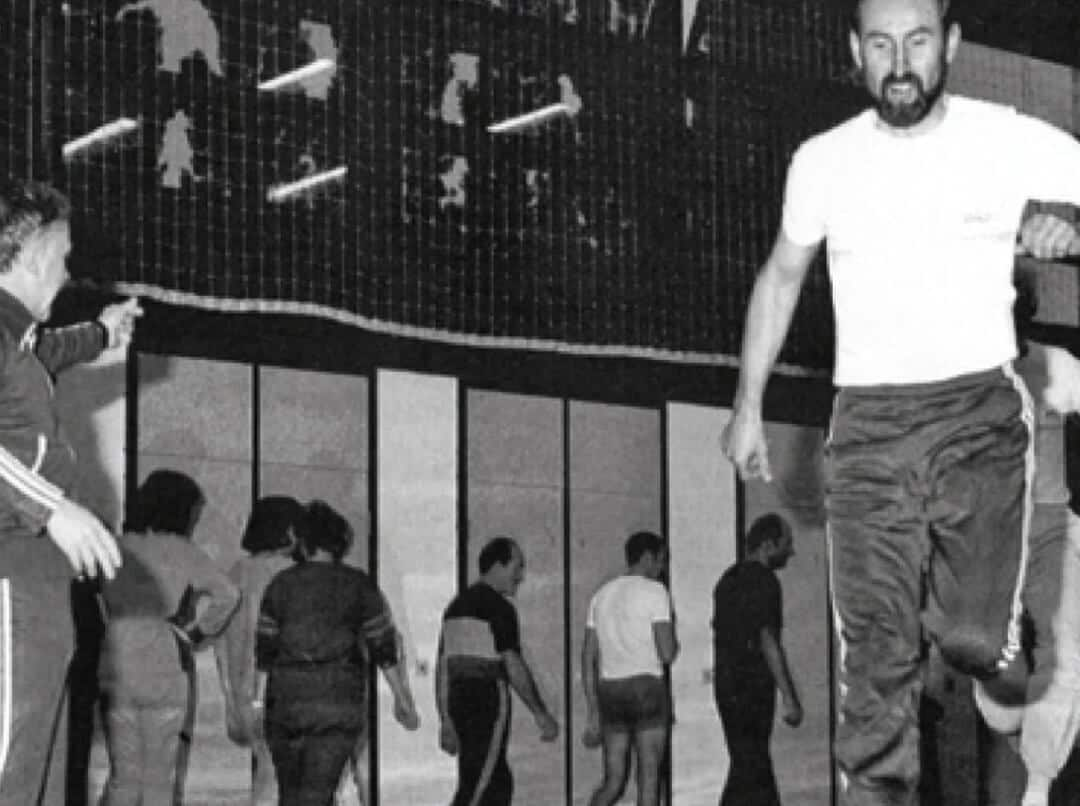
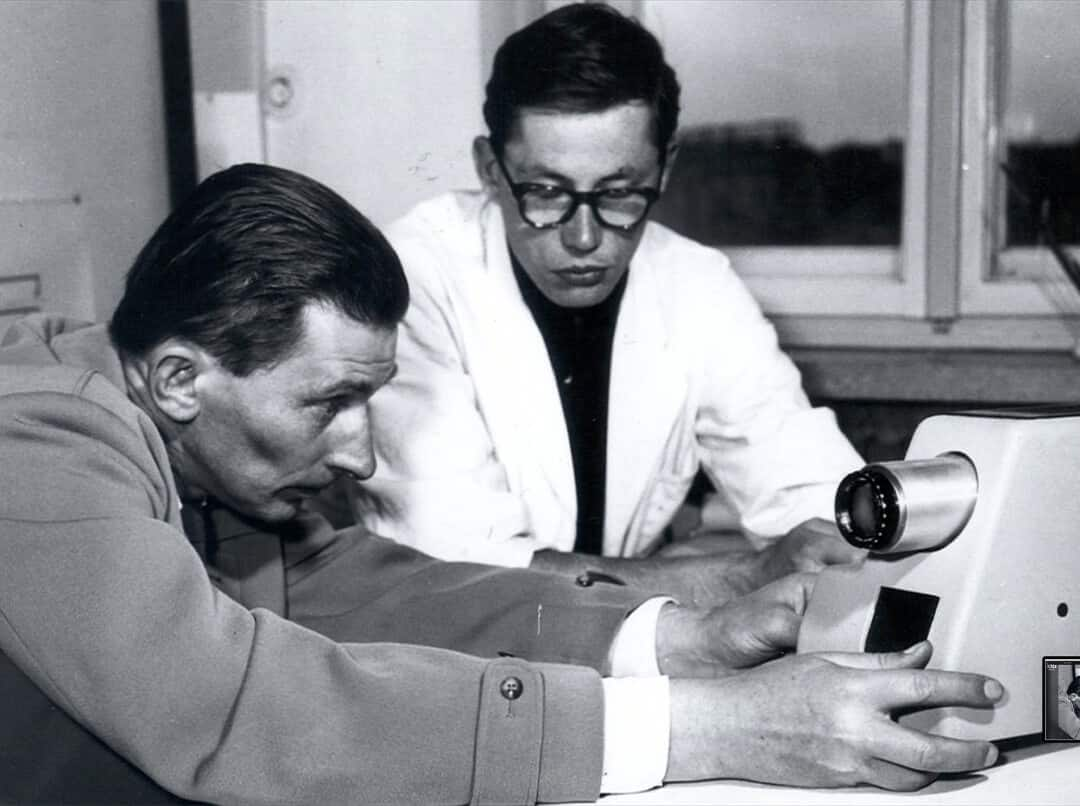
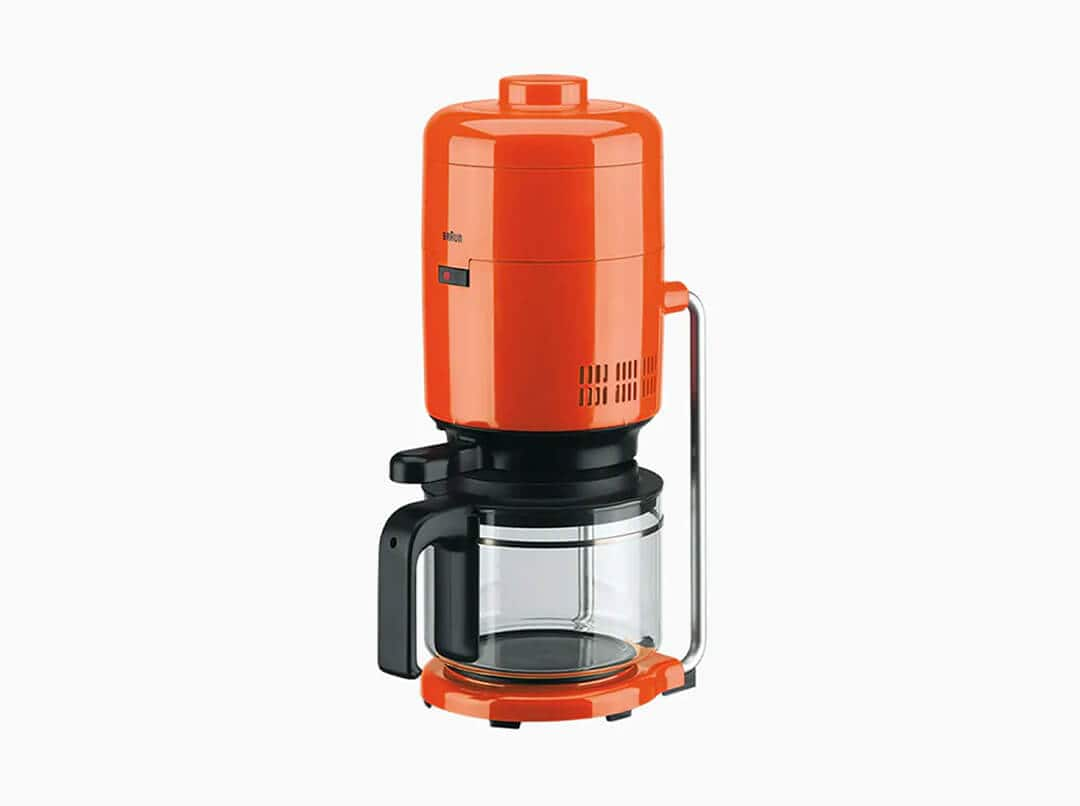
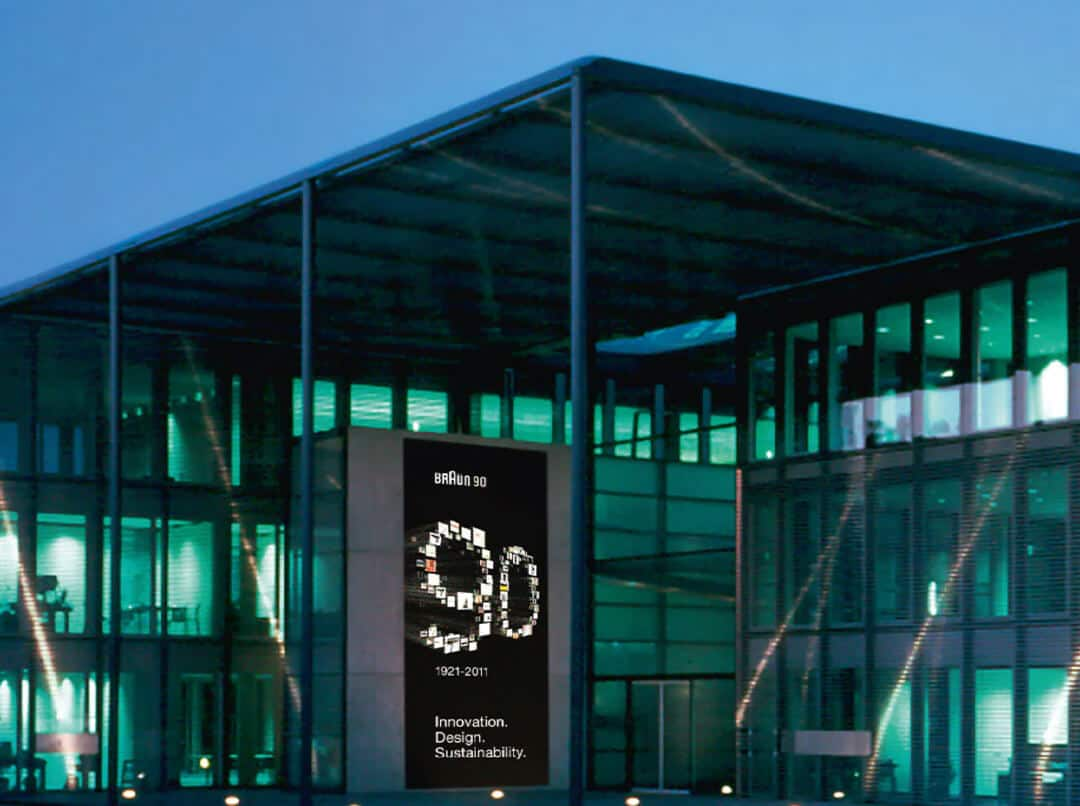
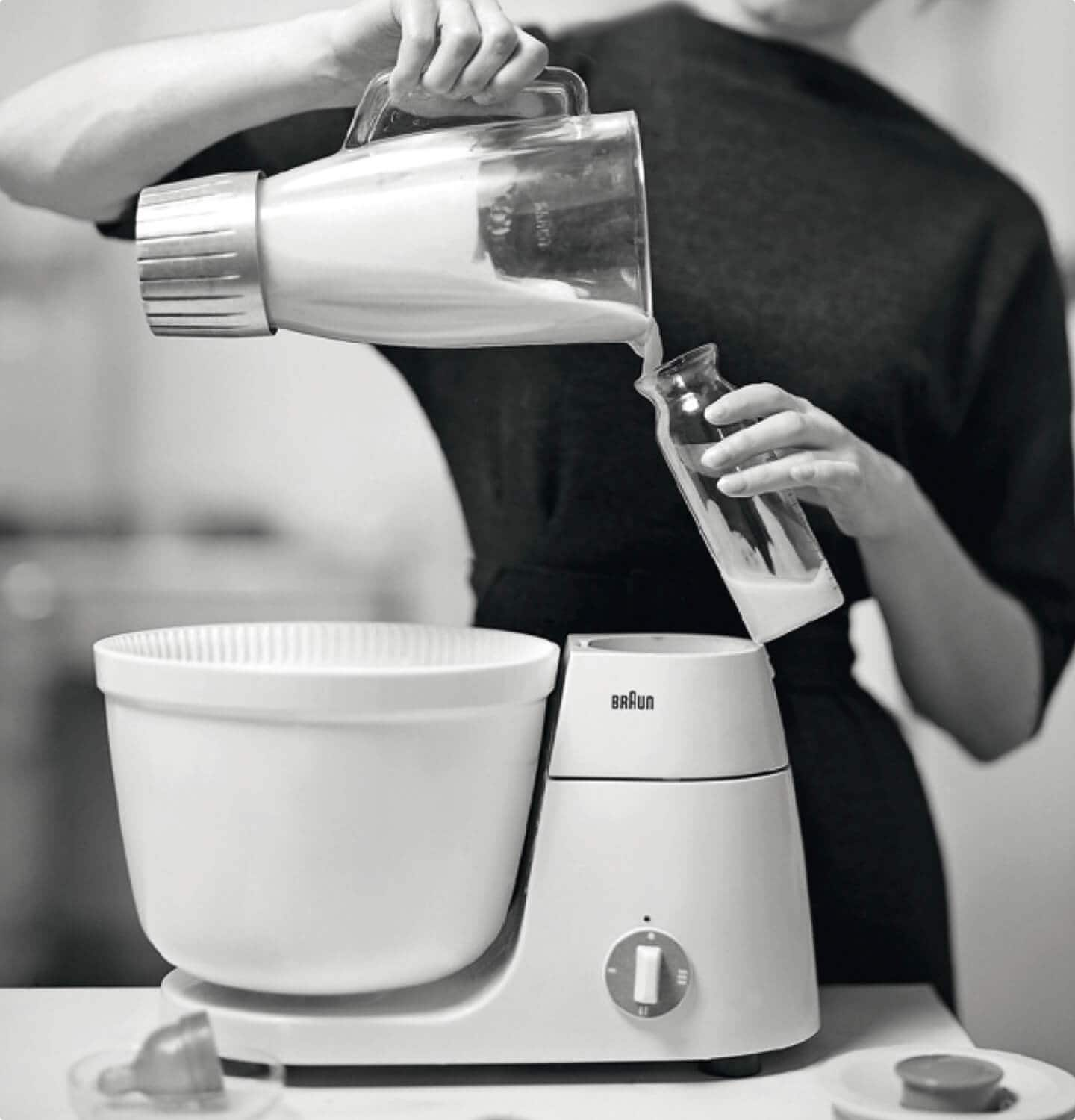
Hired as an architect for redesigning Braun’s office Dieter Rams became one of the leading designers, who developed Braun’s memorable design language and defined the 10 principles of good design, a design manual that is still relevant today.
1 Good design is innovative.
The possibilities for innovation are not, by any means, exhausted. Technological development is always offering new opportunities for innovative design.
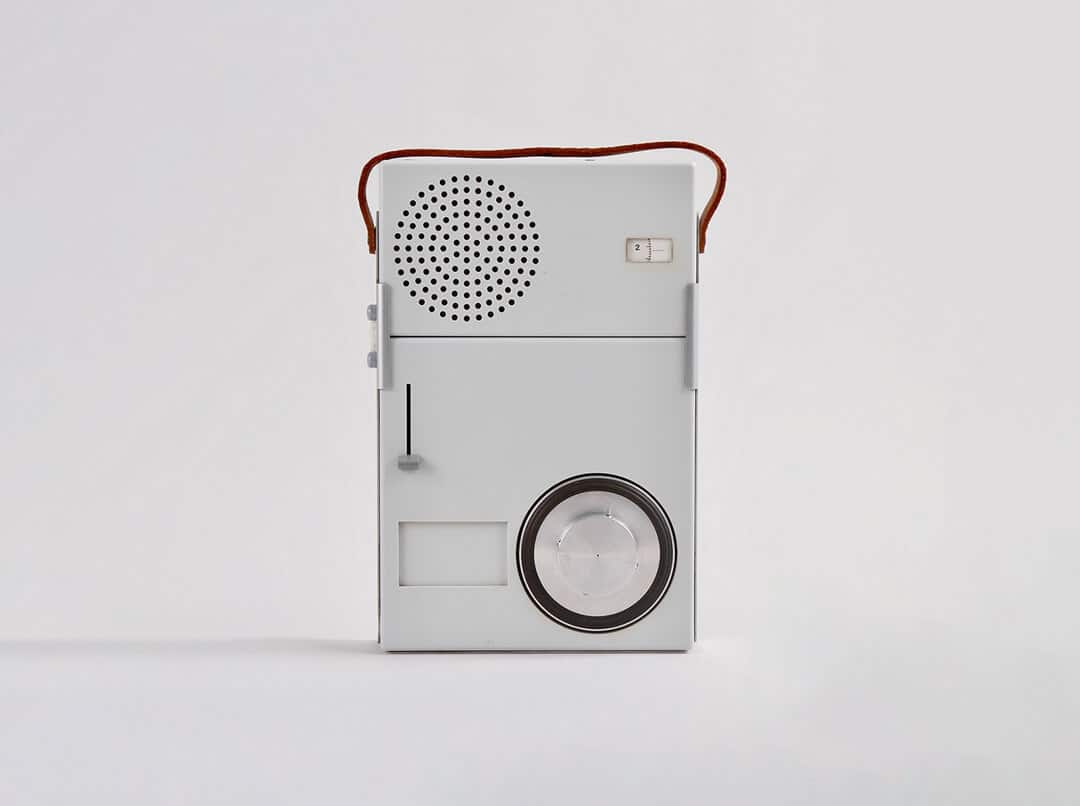
2 Good design makes a product useful.
A product is bought to be used. It has to satisfy certain criteria, not only functional, but also psychological and aesthetic. Good design emphasises the usefulness of a product whilst disregarding anything that could possibly detract from it.
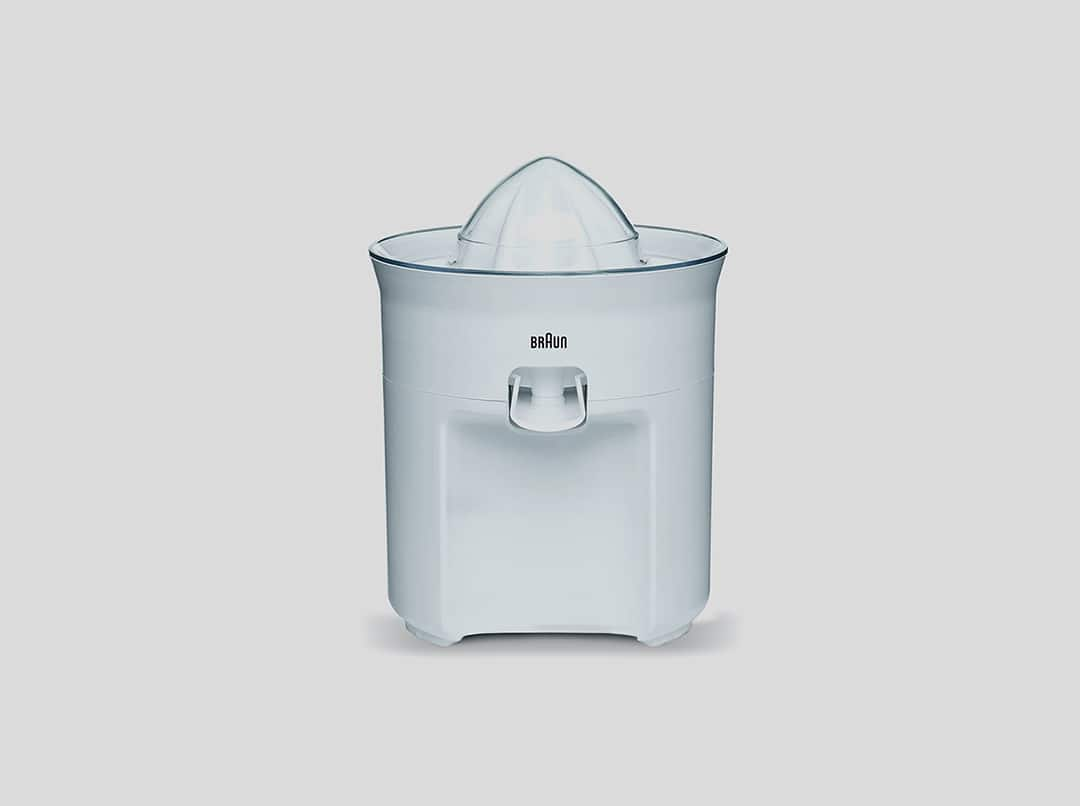
3 Good design is aesthetic.
The aesthetic quality of a product is integral to its usefulness because products we use every day affect our person and our well-being. But only well-executed objects can be beautiful.
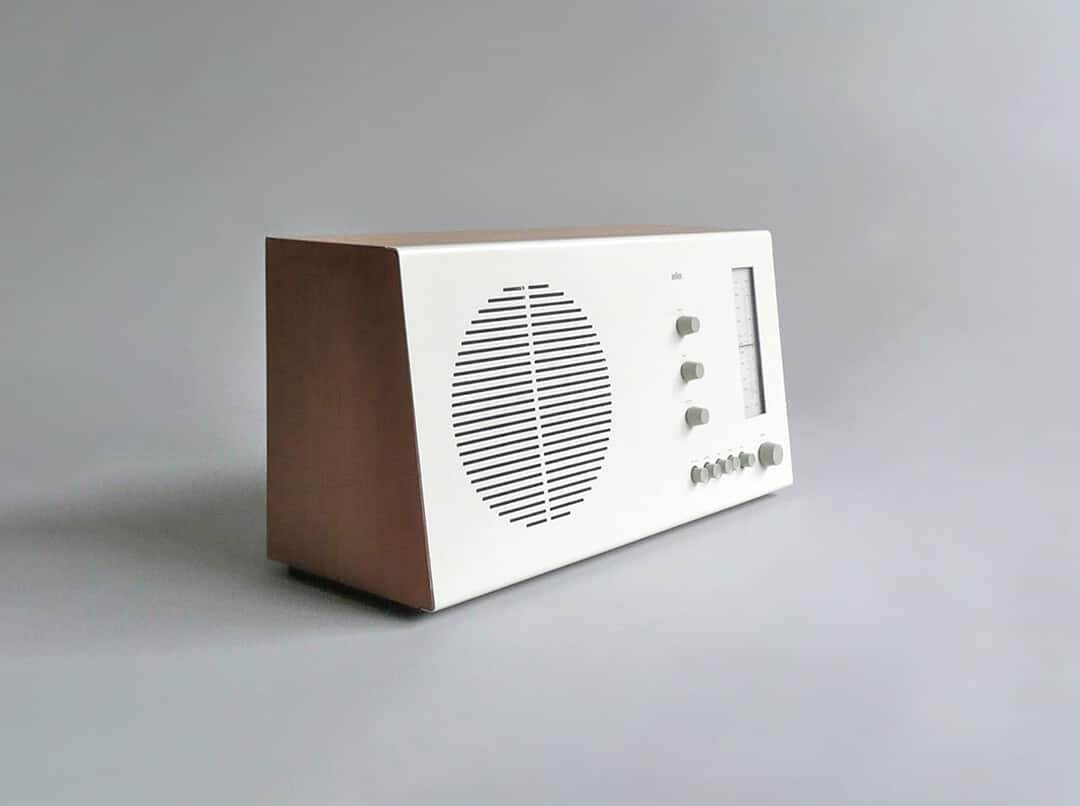
4 Good design makes a product understandable.
It clarifies the product’s structure. Better still, it can make the product talk. At best, it is self-explanatory.
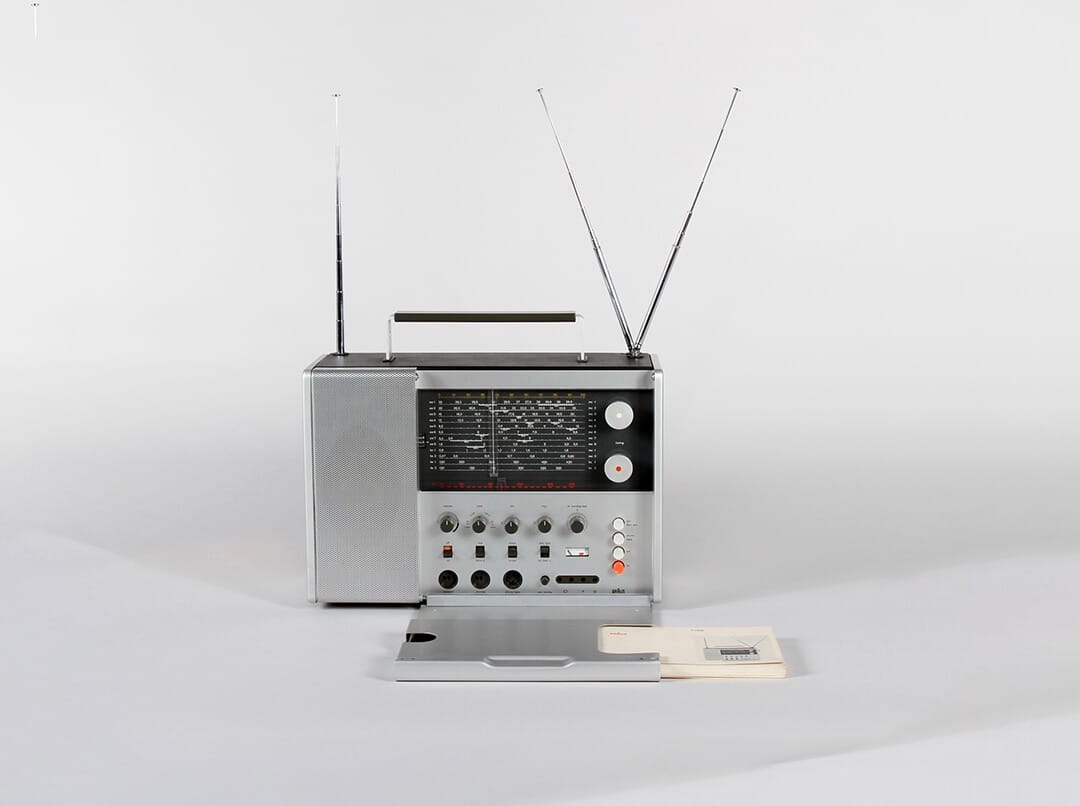
5 Good design is unobtrusive.
Products fulfilling a purpose are like tools. They are neither decorative objects nor works of art. Their design should therefore be both neutral and restrained, to leave room for the user’s self-expression.
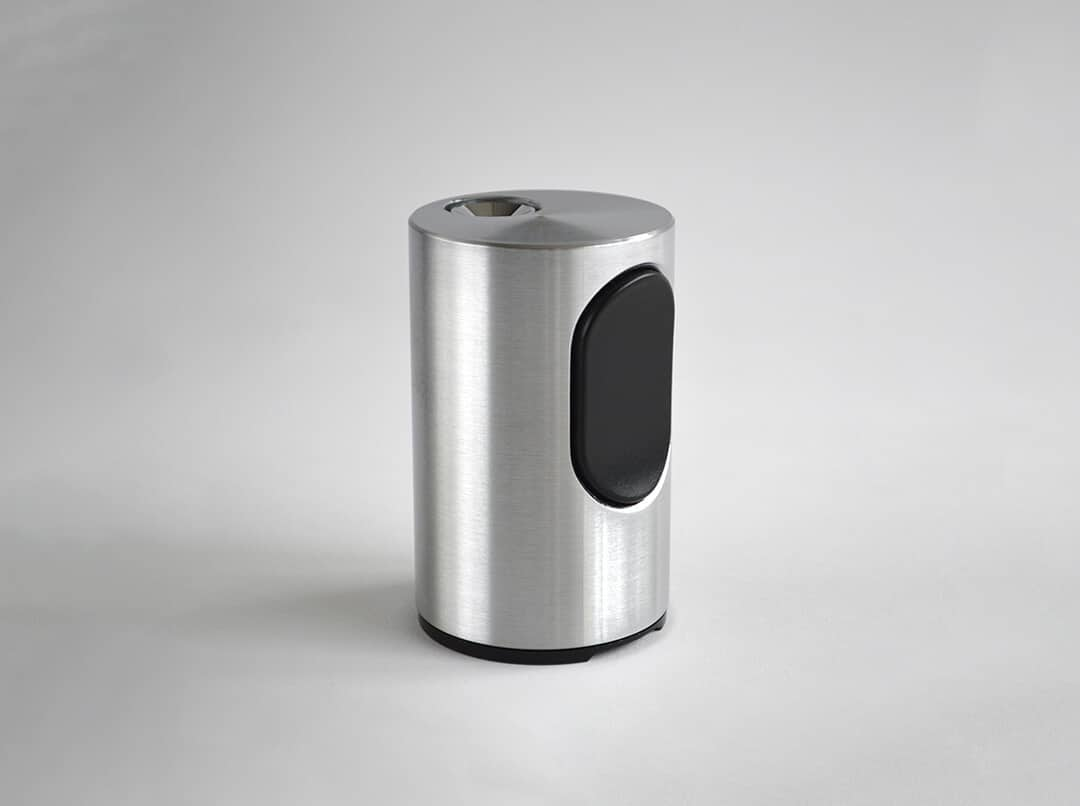
6 Good design is honest.
It does not make a product more innovative, powerful or valuable than it really is. It does not attempt to manipulate the consumer with promises that cannot be kept.
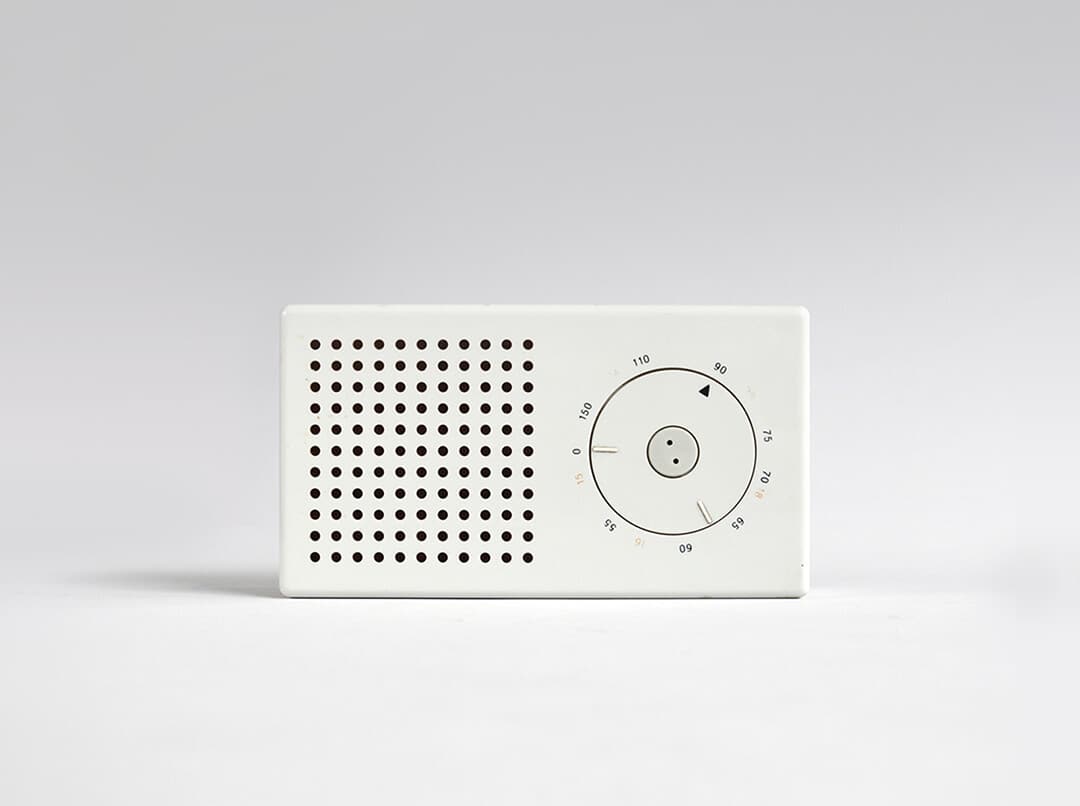
7 Good design is long-lasting.
It avoids being fashionable and therefore never appears antiquated. Unlike fashionable design, it lasts many years - even in today’s throwaway society.
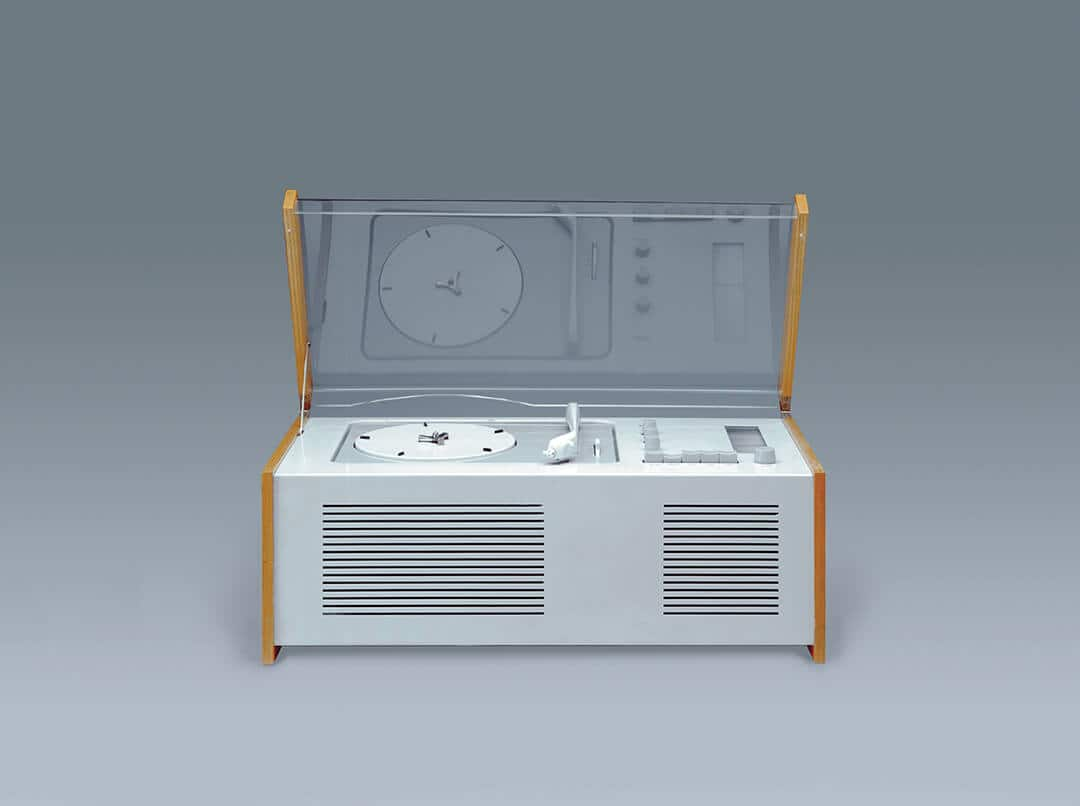
8 Good design is thorough to the last detail.
Nothing must be arbitrary or left to chance. Care and accuracy in the design process show respect towards the consumer.
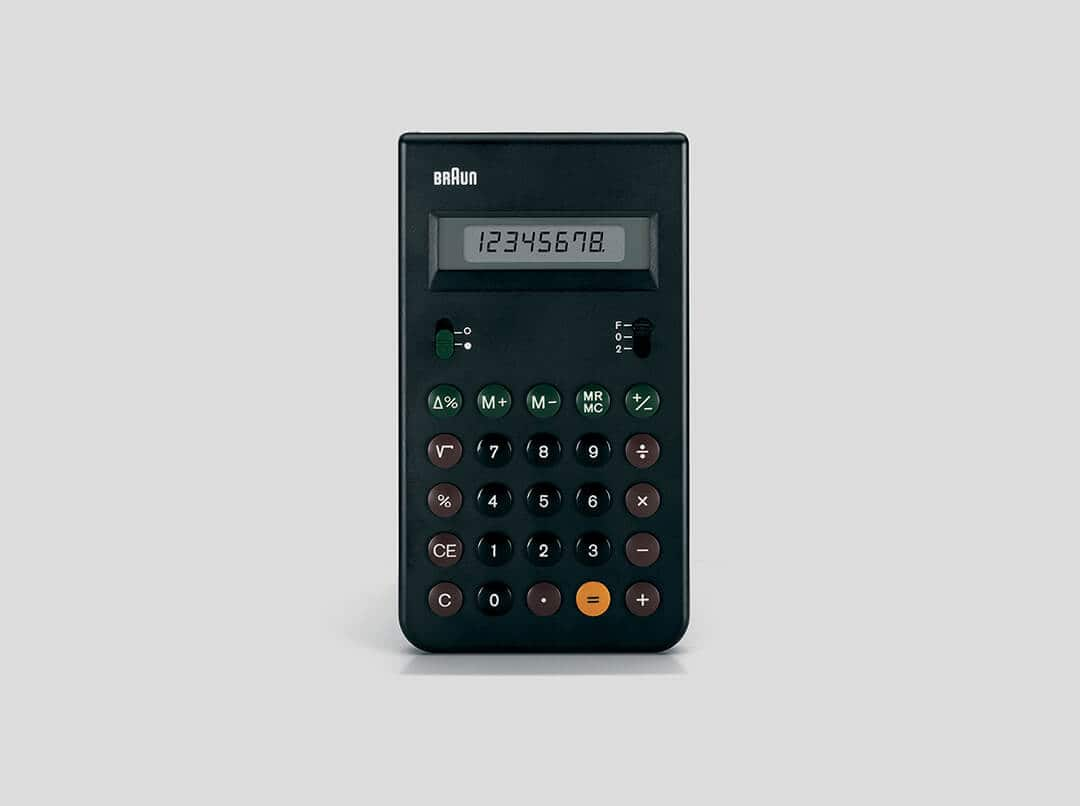
9 Good design is environmentally friendly.
Design makes an important contribution to the preservation of the environment. It conserves resources and minimises physical and visual pollution throughout the lifecycle of the product.
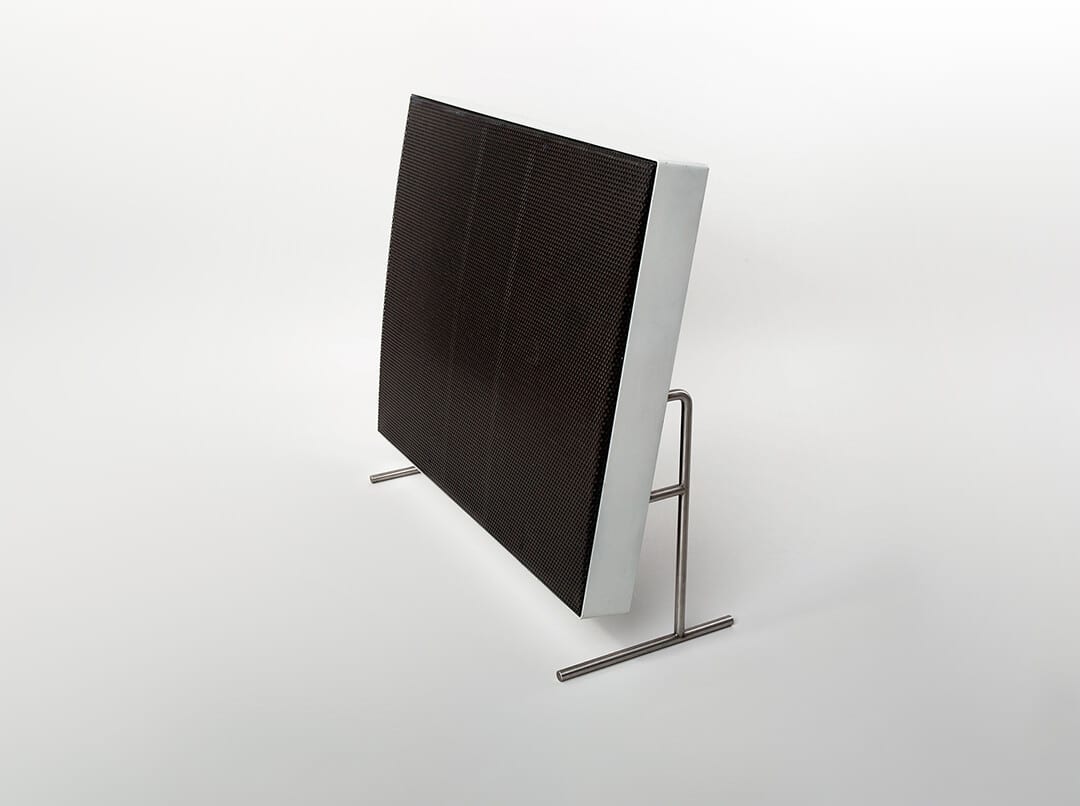
10 Good design is as little design as possible.
Less, but better - because it concentrates on the essential aspects, and the products are not burdened with nonessentials. Back to purity, back to simplicity.
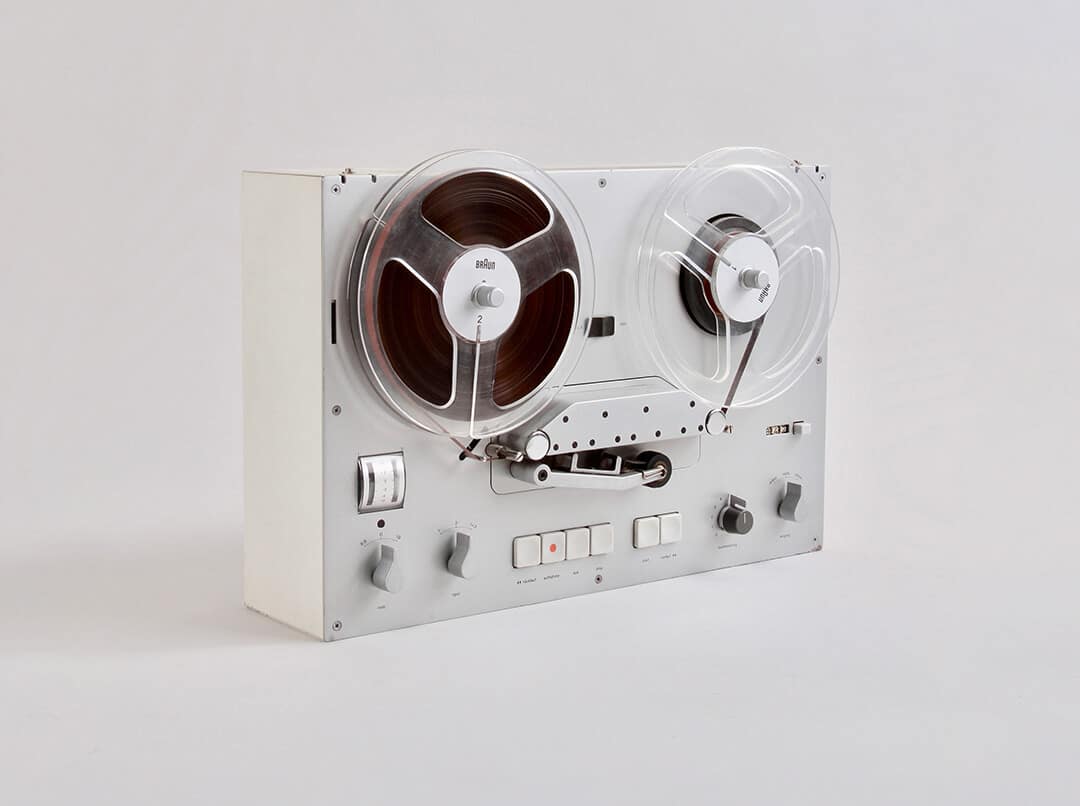
1953 | Braun Werk
Braun Multimix Mixer
In den 50er Jahren etablierte sich der Milchshake als westliches Grundnahrungsmittel, den Mixer mit abnehmbarem Glasbehälter, ermöglicht wurde. Es zerkleinert Zutaten mit industrieller Wirksamkeit und ist noch heute weit verbreitet.
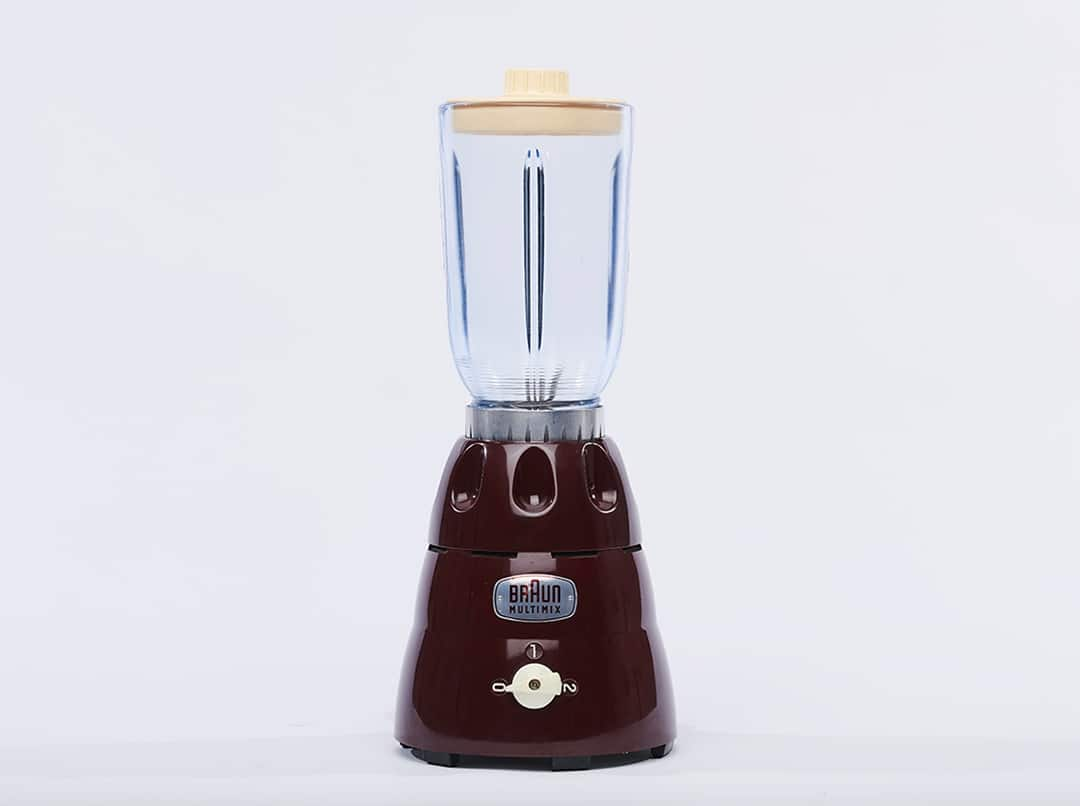
1957 | Gerd Alfred Müller
KM3/31
„Küchenmaschinen-Aufsatz“, wie man ihn nannte, der eine ganz neue Produktkategorie hervorbrachte: „Küchenmaschinen“ oder Geräte. Mit seinem einfachen Design ist es eines der einflussreichsten industriellen Produkte aller Zeiten.
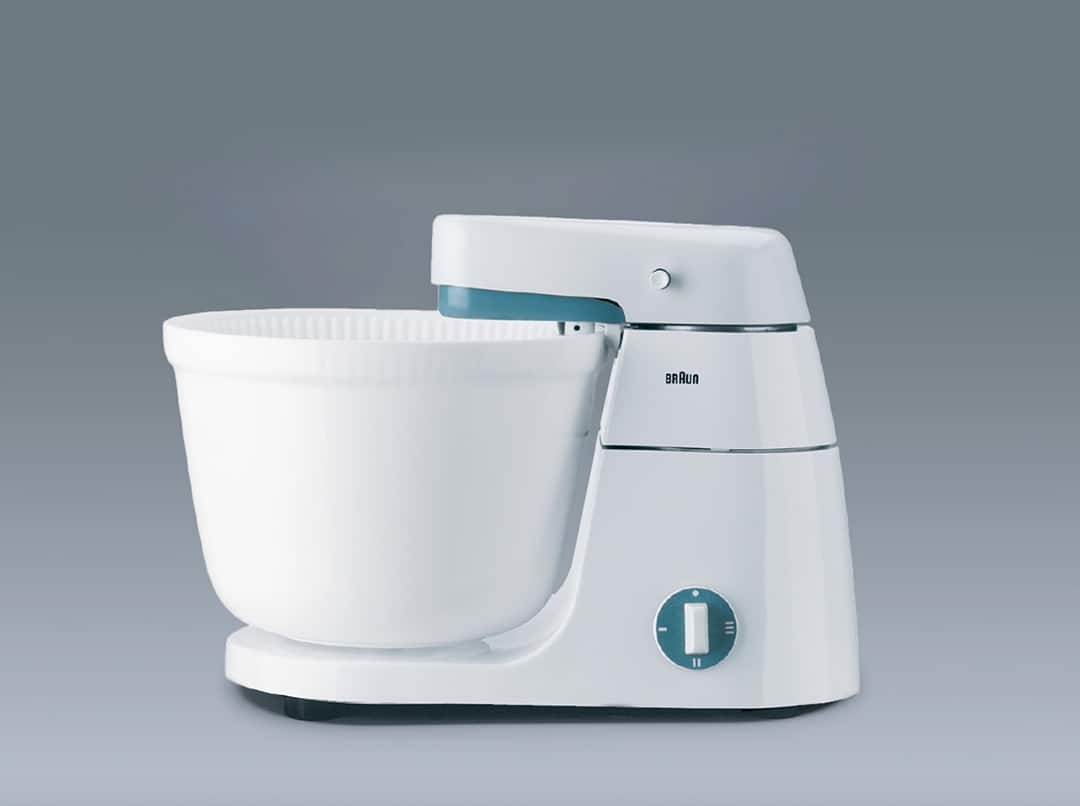
1963 | Reinhold Weiss
KSM 1/11
Viel minimalistischer kann das Design nicht sein: Eine Kaffeemühle, die so zweckgerichtet gebaut wurde, dass sie nur einen einzigen, zentral platzierten Knopf zur Bedienung brauchte. Fein gemahlene Bohnen waren nur einen Klick entfernt.
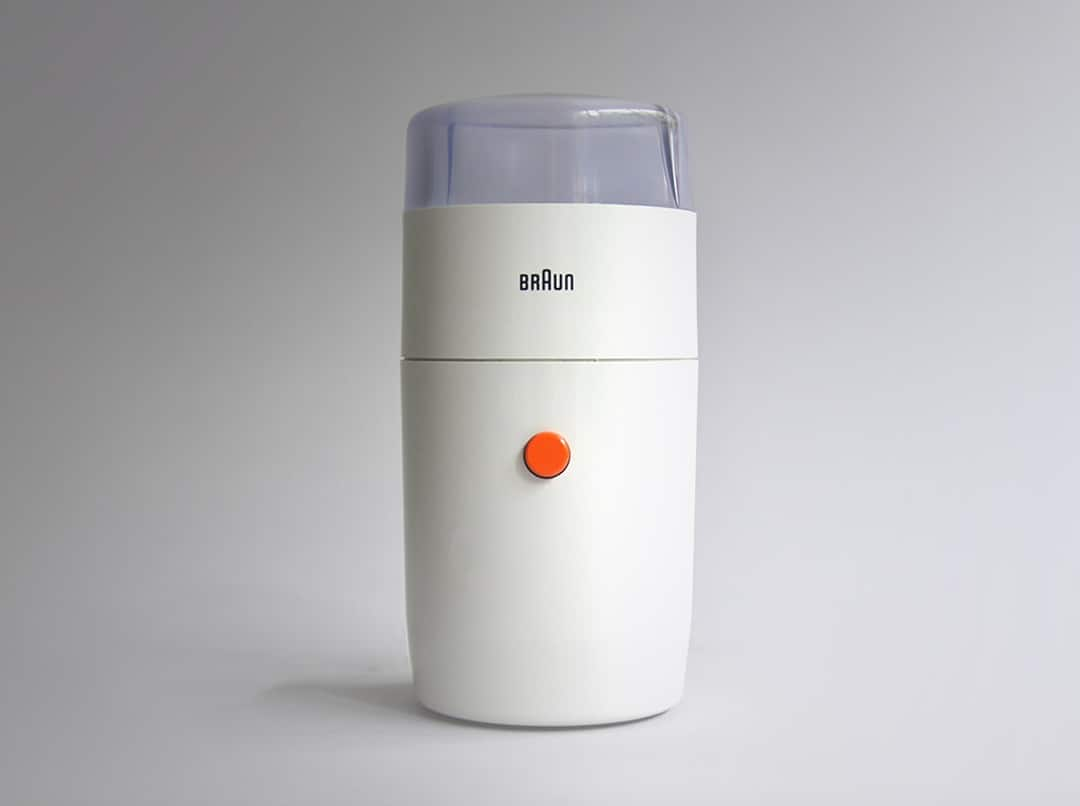
1963 | Reinhold Weiss
HT 2
Das schlanke, kompakte Design dieses Toasters inspirierte den renommierten Künstler Richard Hamilton so sehr, dass er eines seiner Werke (passenderweise mit dem Titel „Toaster“ betitelt) darauf gründete. Oh, und auch das Brot wurde perfekt gebräunt.
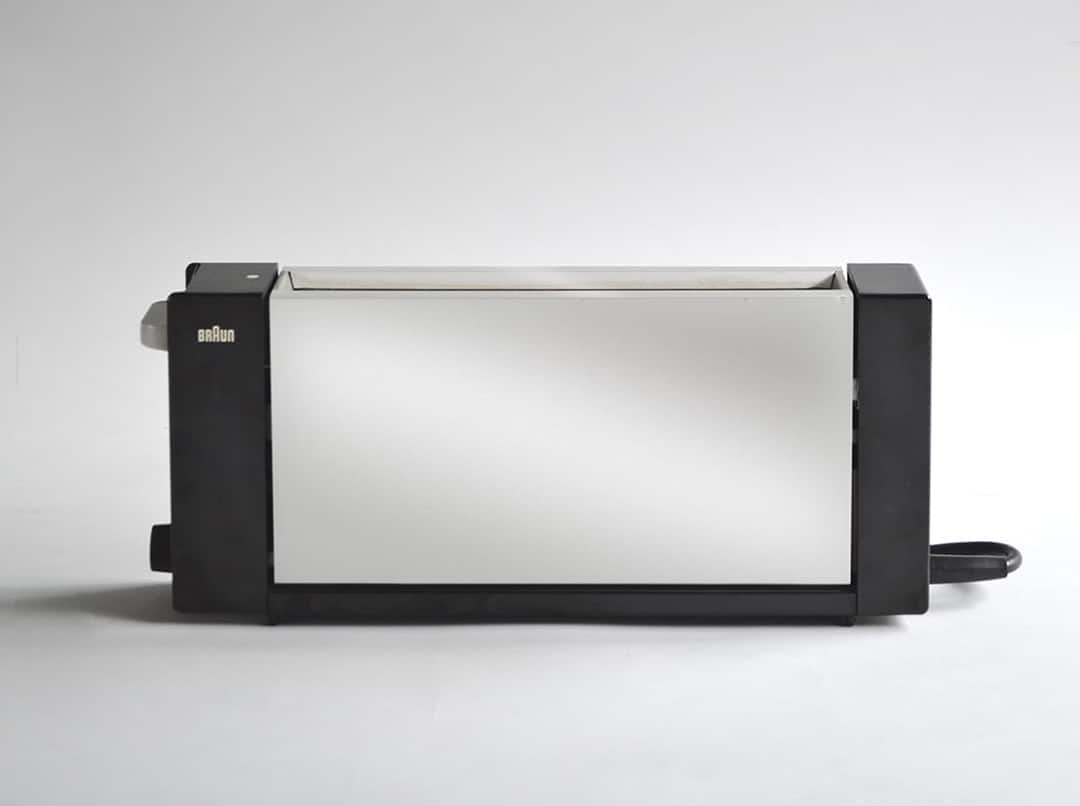
1972 | Florian Seiffert
KF 20
Mit seinem gestapelten, vertikalen Design, war der KF 20 als Aromaster bekannt. Diese Kaffeemaschine verlieh dem alltäglichen morgendlichen Filterkaffee einen Hauch des Außergewöhnlichen.
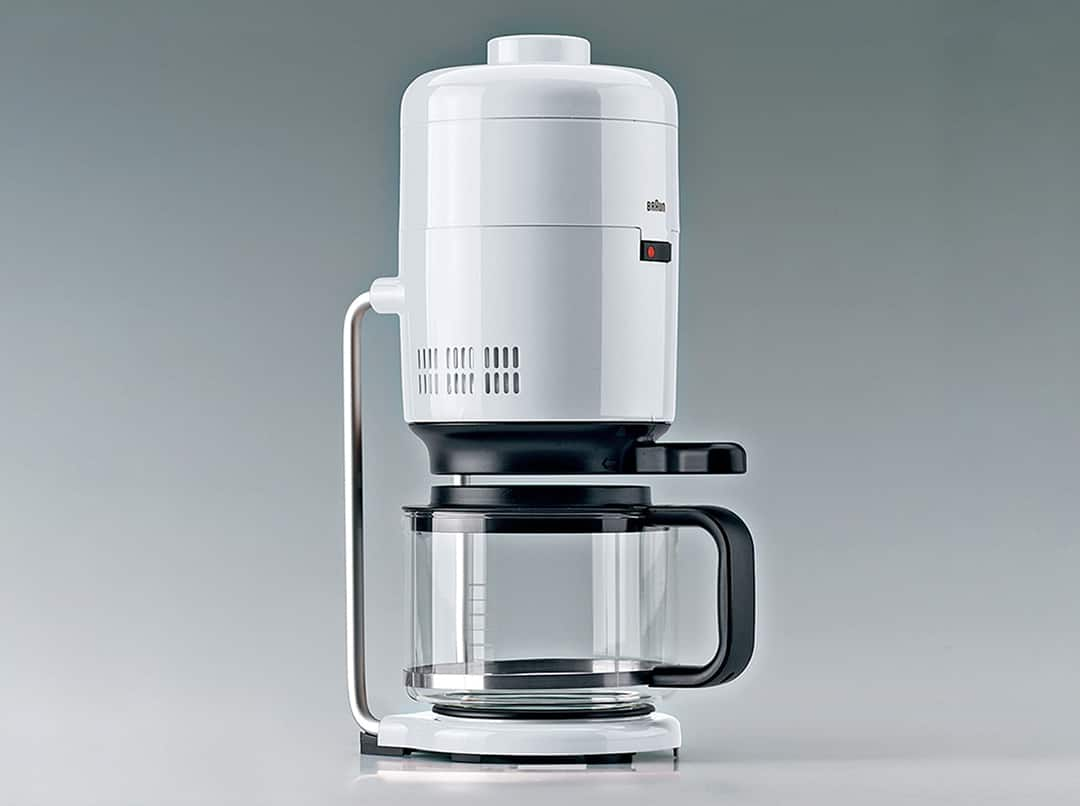
1972 | Jürgen Greubel, Dieter Rams
MPZ 22
Dieser elektrische Entsafter, auch bekannt als Citromatic, war Grundnahrungsmittel in Küchen auf der ganzen Welt. Es dauerte über zwei Jahrzehnte, bis Braun entschied, das Design zu aktualisieren.
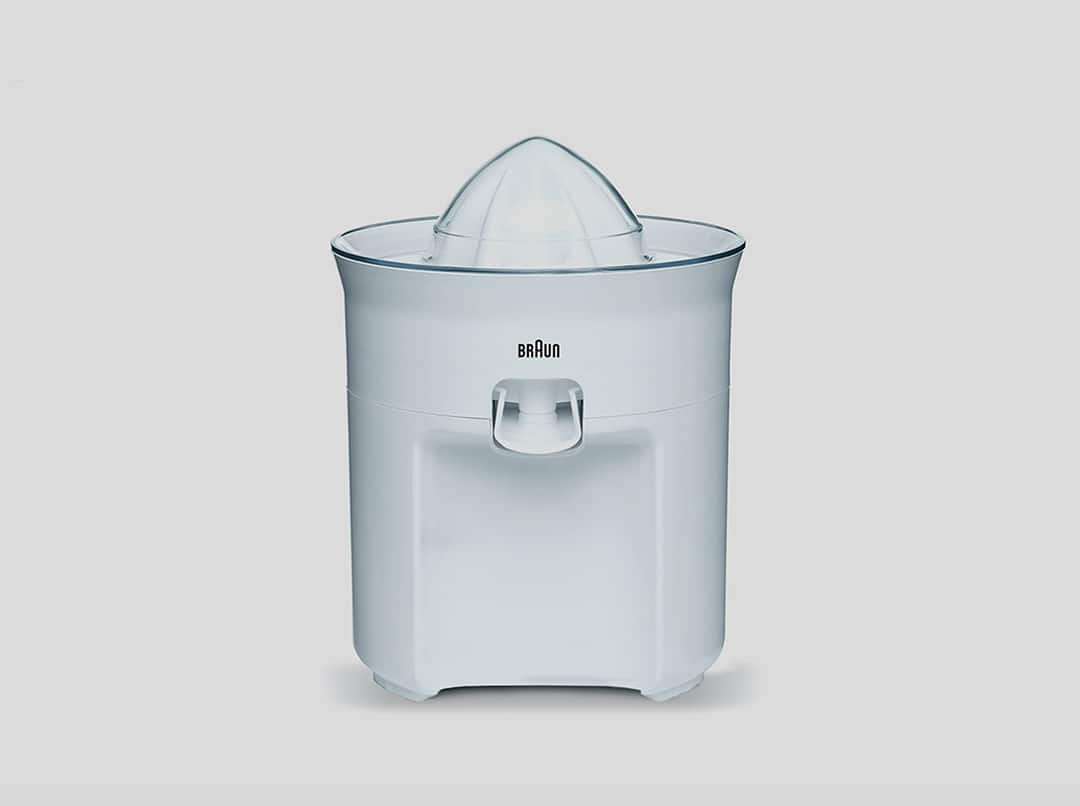
1981 | Ludwig Littmann
MR 6
Als Vorläufer des weiterentwickelten MR 500 war der MR 6 robust und widerstandsfähig, d.h. er konnte Lebensmittel pürieren, die andere Produkte nicht verarbeiten konnten. Ein wichtiger Schritt auf dem Weg zur Perfektionierung des Handmixers.
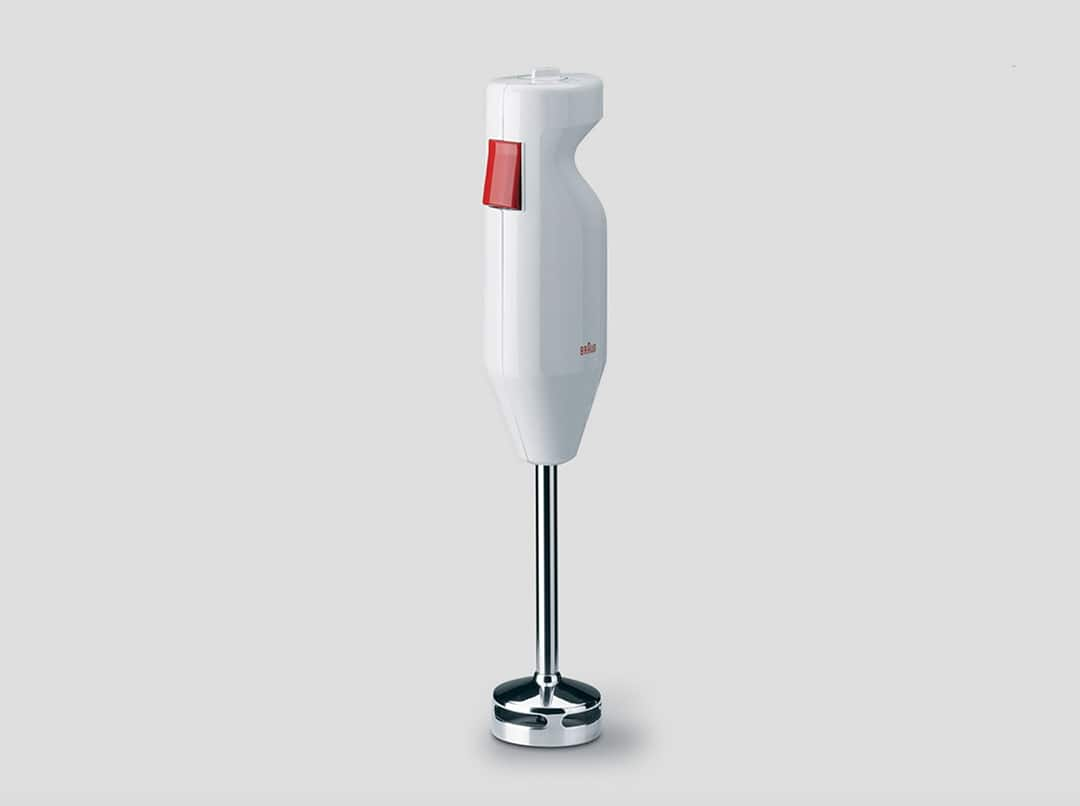
1984 | Hartwig Kahlcke
KF 40
Diese Kaffeemaschine war innerhalb der Firma Braun recht umstritten, da sie aus kosteneffizientem Polypropylen und nicht aus robusterem Polycarbonat. Die gewellte Oberfläche der KF 40 stellt somit eine Designlösung dar, die Dieter Rams überzeugt hat.
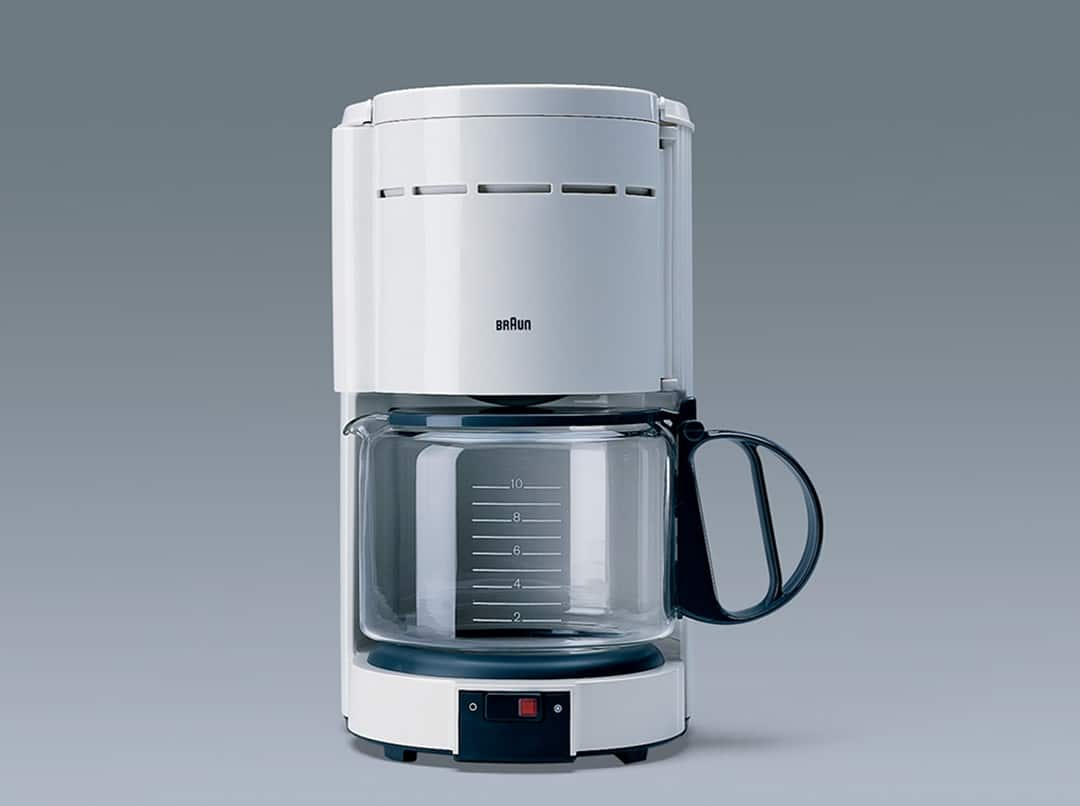
2013 | Markus Orthey, Ludwig Littmann
MultiQuick 9
Als Vorläufer des weiterentwickelten MR 500 war der MR 6 robust und widerstandsfähig, d.h. er konnte Lebensmittel pürieren, die andere Produkte nicht verarbeiten konnten. Ein wichtiger Schritt auf dem Weg zur Perfektionierung des Handmixers.
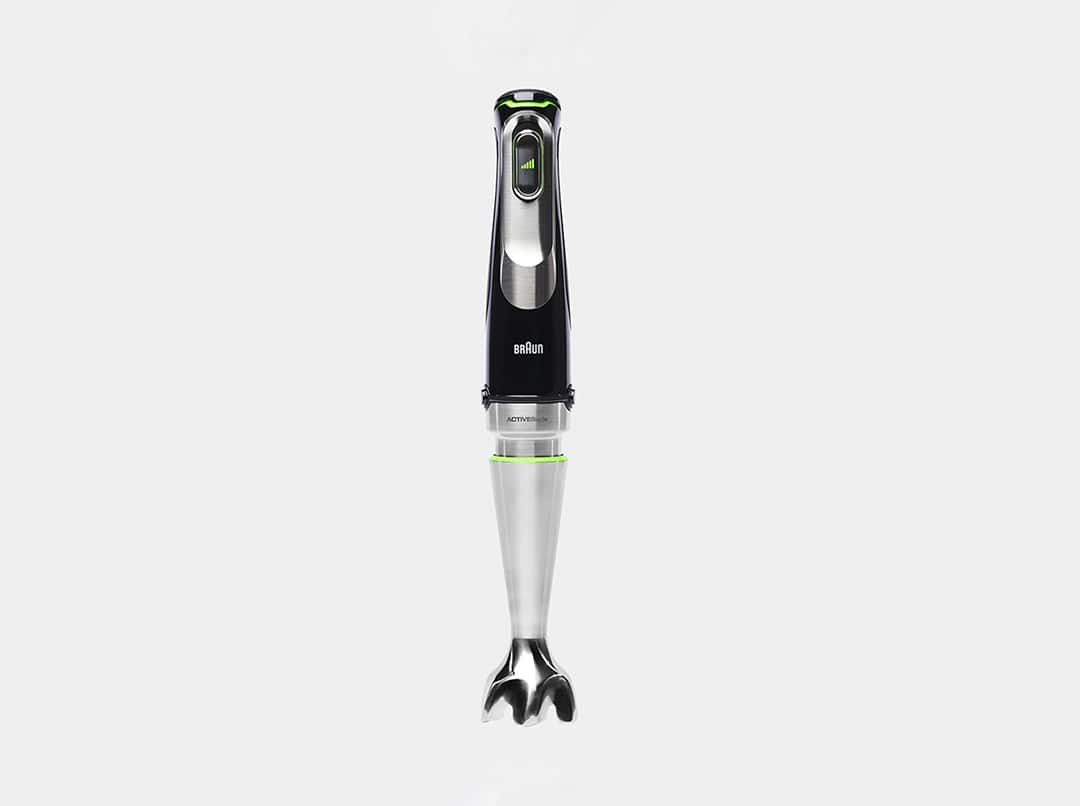
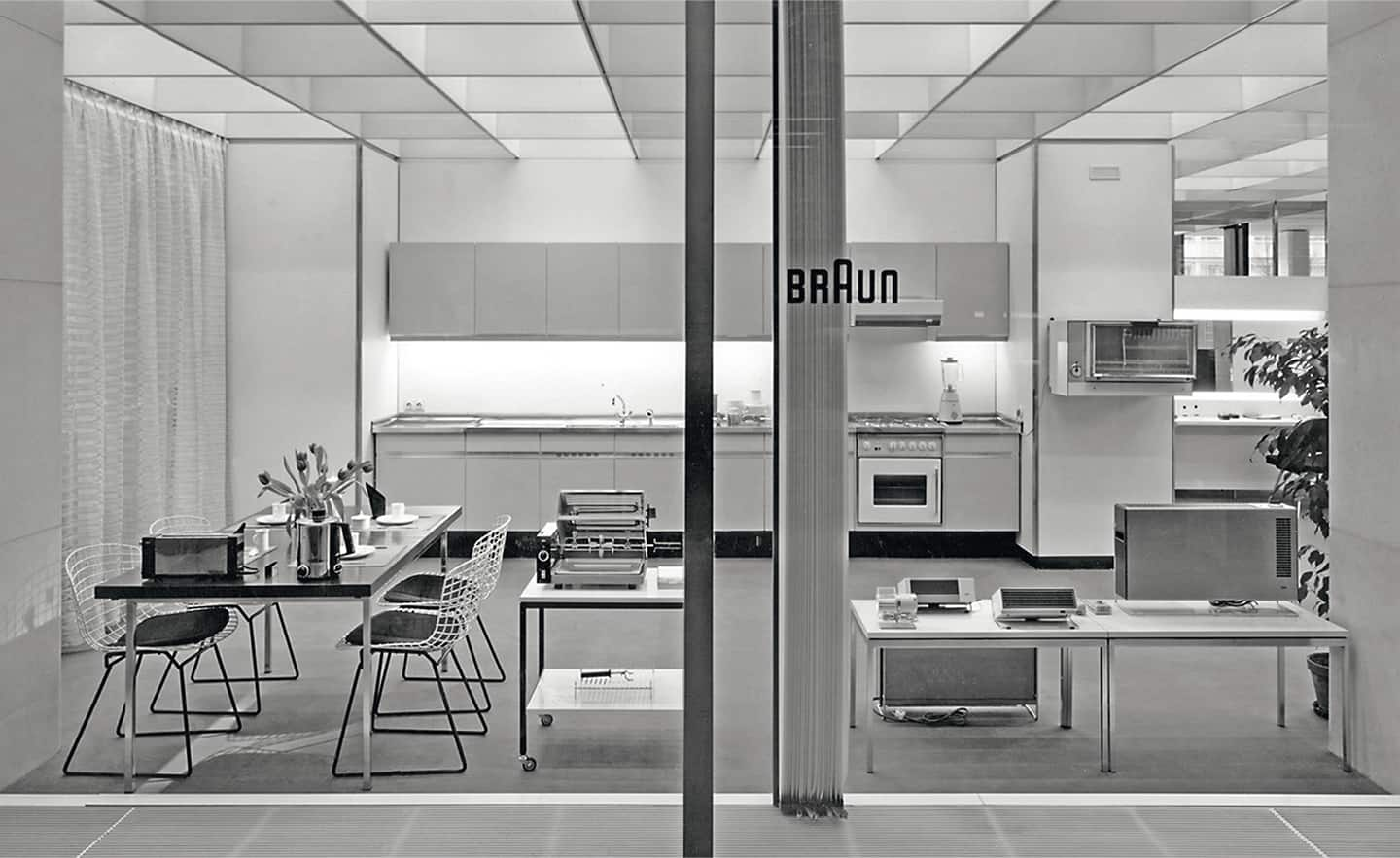
Ελλάδα
Κάντε κλικ εδώ για να μεταβείτε στον παγκόσμιο ιστότοπο.
